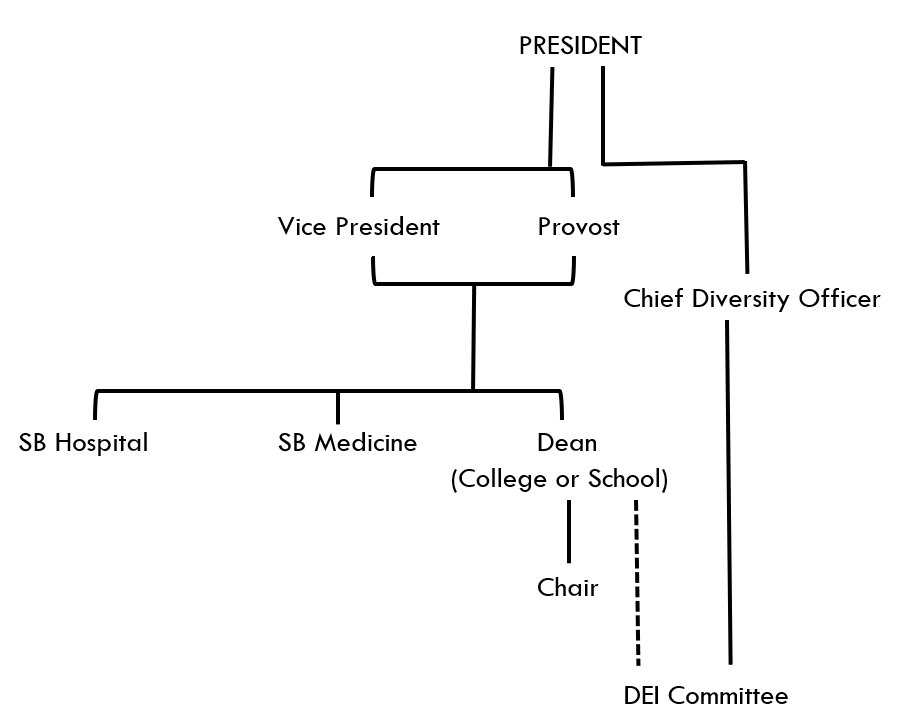Assemble Your Team
Wherever your unit is at in terms of this work, you’ll need to assemble a team to spearhead this work. Often what happens is this becomes yet another faculty or staff obligation; it is side-lined, not really supported with time or resources, and its recommendations are heard but not integrated and substantial ways.
In a 2014 diagnostic report published by Academic Impressions, a survey of 300 higher-ed professionals revealed five top challenges facing task forces and committees. No doubt these challenges look familiar to you:
- Not creating the time for people to serve
- Politics driving decisions
- Ineffective group process (communication, decision making, etc.)
- The committee has no real influence
- Problems selecting the right team members
Efforts to increase racial diversity (and inclusion) are often treated as add-ons, instead of addressing the structural barriers that hamper the progress of people of color. Colleges, schools, and departments often don’t make DEI a true priority and thus fail to allocate sufficient resources (time, support). Too many higher-ed leaders see this work as something that can be accomplished — as if there is some static endpoint.
In a 2020 article for the Chronicle of Higher Education, Gracie Lawson-Borders and David D. Perlmutter compared the process of cultivating a diverse, inclusive, equitable unit to that of a marriage: while the ceremony (hiring) matters, that’s not all that it takes. An enduring relationship requires mutual commitment and consistent investment.
Moving forward, what we’re aiming for at Stony Brook is rigorous, thoughtful work that transforms academic and administrative units in meaningful ways.
Once created, your unit’s committee becomes part of an official line of university authority:

This committee--as you can see from the line of authority in the graphic above--functions independently of the Chair or Director. It should be composed of people who believe in the importance of this work, and who represent various stakeholder groups.
In an academic unit this committee shouldn’t just have faculty members; it should have roughly equal representation from staff, students, and faculty. There should be a mix of genders, ethnicities, ages, and experiences.
In an administrative unit this committee shouldn’t just have leadership; it should have roughly equal representation from people from all over the hierarchy. There should be a mix of genders, ethnicities, ages, and experiences.
The creation, implementation, and evaluation of your unit’s strategic plan is the unique responsibility of your committee. Building buy-in with leadership, key influencers, and everyone in between will be essential to this work...and this work will be essential to manifesting Stony Brook’s university mission and core values.
Why work on DEI? Because without it the quality and extent of what we can accomplish is well and truly diminished.
